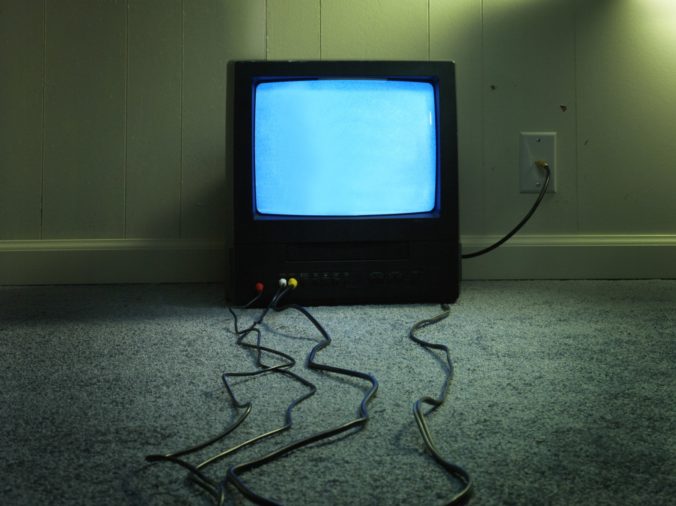In case you were wondering how the The Great Cord Cutting Myth gets started and why so many people are convinced the TV industry is a breath away from doom:
This morning, an article, entitled “Cord Cutting Accelerates Faster Than Expected, As Cable Still Refuses To Compete On Price” from a website called TechDirt showed up in my Twitter feed.
While the article never actually explains who exactly was expecting cord cutting to accelerate more slowly, it bases its entire thesis on a survey of around 3500 people, of whom 1,000 self-identified as “cord cutters” and 600 self-identified as “cord nevers”, leaving the actual number of current pay-TV subscribers whose cord cutting desires were surveyed at 1,756.
So there’s that
Dig deeper into the survey results, and it seems that Sling and other vMVPDs are considered “cord cutting” too. I’ve explained multiple times why we consider that “cord shifting” (TL;DR: vMVPDs are owned by the usual BigMedia companies, people are watching linear network TV on them, which means the networks aren’t actually losing any viewers. That, and with most of them now at over 80 channels, they’re not “skinny bundles” anymore.)
Then there’s the fact that our buddies at MoffettNathanson have determined that 70% of the people giving up traditional MVPD set top box cable are just switching over to virtual MVPD Roku box delivery.
So there’s that too.
But that’s all just preamble.
The key thing here is that this survey, from a consulting firm whose website indicates they mostly work with big non-media brands like MetLife and Ford on branding and marketing plays, is basing its conclusions on what people say they might do.
Not what they’ve actually done.
But what they think they might do.
And that’s the thing about cord cutting: it sounds sort of cool and edgy and smart, so people say they are going to do it, but then either they get lazy or they look into their options and decide it’s not worth it, but point is, they don’t.
You know what gets very similar survey results?
Exercise.
People say they are going to join a gym or start a running program. But they don’t. And if the fitness industry based its business plans on the number of people who intended to exercise (versus actually doing so) they’d be in trouble.
So that survey then gets picked up by MarketWatch and then by TechDirt and it’s reported as fact, rather than intention. It gets tweeted and retweeted and shared on LinkedIn and Facebook and the myth gets spread.
So that’s how it happens.
Reality check is that while the number of pay-TV subscribers is shrinking rather than growing, it’s shrinking at a very slow pace–less than 1% of subscribers per year. While the vMVPDs offer a very different business model and lower prices, those prices are slowly moving north while the number of networks they have on offer expands too.
People don’t love pay TV and the industry has many issues it should fix, but the truth is that right now cord cutting is still way too much hassle for most.
No matter what the survey says.

Leave a Reply